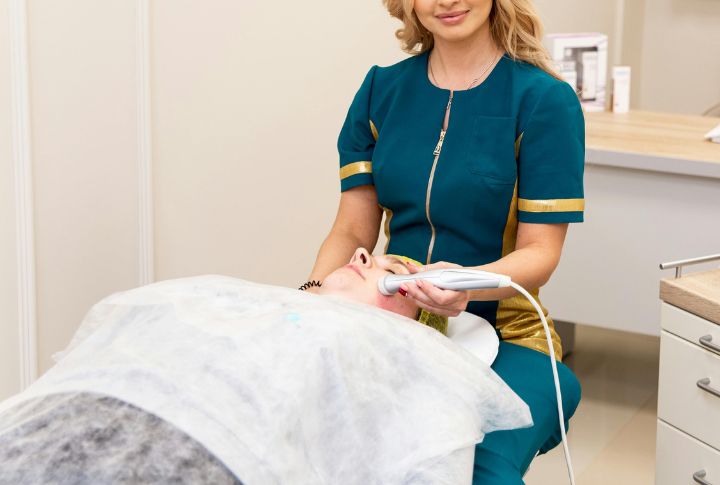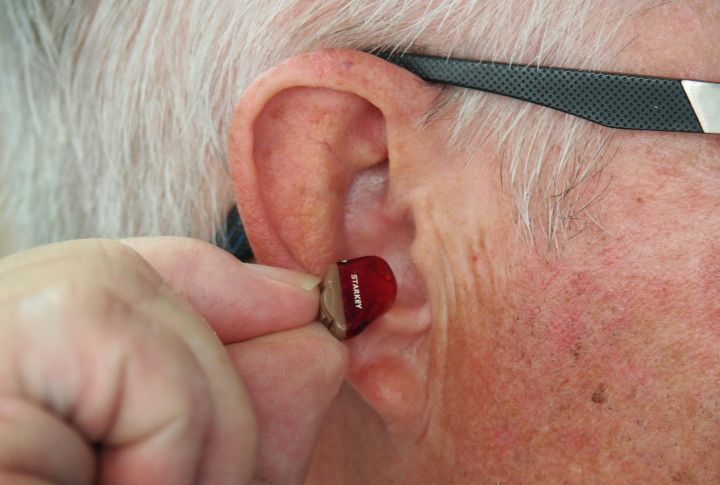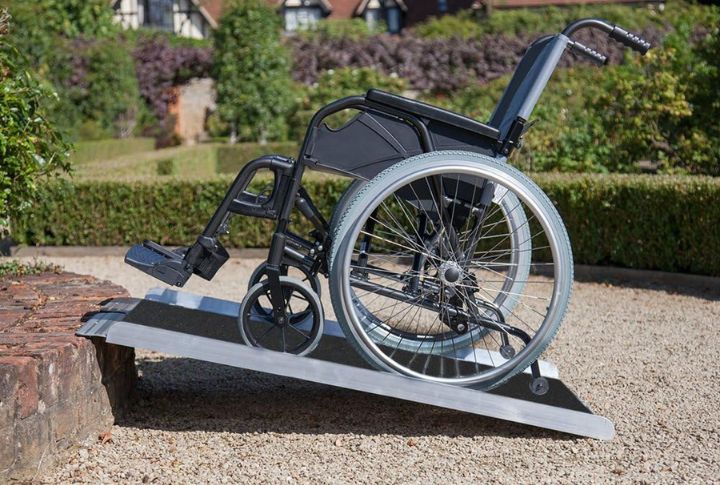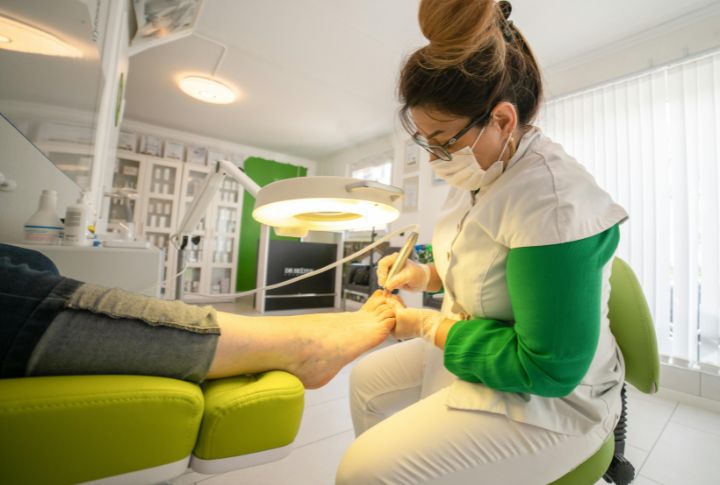
Medicare can feel like a safety net—until you discover the gaps in its coverage. Some of these gaps are unexpected and leave beneficiaries responsible for bills they assumed were covered. Understanding these hidden expenses is essential to plan smarter for healthcare. Let’s break down what Medicare skips over and how it might impact your wallet.
Long-Term Care

Medicare doesn’t cover most long-term care expenses, including assisted living, custodial care, or extended nursing home stays. Hence, planning ahead with supplemental insurance or savings is essential, as these services often become necessary with age.
Dental Care

Routine dental checkups, cleanings, fillings, and dentures fall entirely outside Medicare’s coverage. What makes it worse is that oral health often worsens with age, and neglecting it can lead to costly complications. Address this gap by purchasing separate dental insurance or allocating funds for dental care.
Vision Care

Medicare provides limited vision coverage, typically addressing specific medical issues like cataracts. However, routine eye exams, prescription glasses, and contact lenses aren’t included. For many seniors, these unavoidable expenses make exploring standalone vision insurance or discount programs a practical choice.
Alternative Medicine

Exploring holistic health options may require careful consideration of the financial implications since chiropractic adjustments for wellness and other alternative treatments are generally excluded from coverage. While some specific medical conditions might warrant partial reimbursement, most treatments are self-paid.
Cosmetic Surgery

Medicare won’t cover elective cosmetic surgeries, even when they improve quality of life. Procedures like facelifts, tummy tucks, or liposuction must be fully paid for out of pocket. Exceptions to this do exist, but they are rare and require proving a clear medical necessity, such as reconstructive surgery after an accident.
Hearing Aids

Despite hearing loss affecting nearly two-thirds of adults over 70, hearing aids and the exams required to fit them aren’t covered by Medicare. This financially burdensome gap can be solved with private hearing aid insurance or budgeting for the significant out-of-pocket costs involved.
Overseas Medical Care

Travel enthusiasts should note that Medicare doesn’t generally cover healthcare received outside the United States. To stay protected abroad, consider purchasing travel health insurance or plans that provide international coverage. It’s made necessary since even emergencies are excluded unless very specific conditions apply.
Prescription Drug Coverage Gaps

While Medicare Part D helps with prescriptions, it has its limits, particularly with the “donut hole” coverage gap. This phase leaves beneficiaries temporarily responsible for a larger share of their drug costs. You need to understand your plan’s specifics to manage the gap and avoid financial surprises.
Home Modifications

Planning for these upgrades is a key part of long-term health planning since Medicare doesn’t pay for home modifications that support aging in place. Installing wheelchair ramps or bathroom grab bars can enhance safety and independence but often requires personal funds or help from local assistance programs.
Routine Foot Care

Basic foot care, such as removing corns and calluses or trimming toenails, isn’t covered unless linked to a medical condition like diabetes. As a result, older adults often face unexpected foot health issues that can lead to significant out-of-pocket costs without supplemental plans or a dedicated savings strategy.
